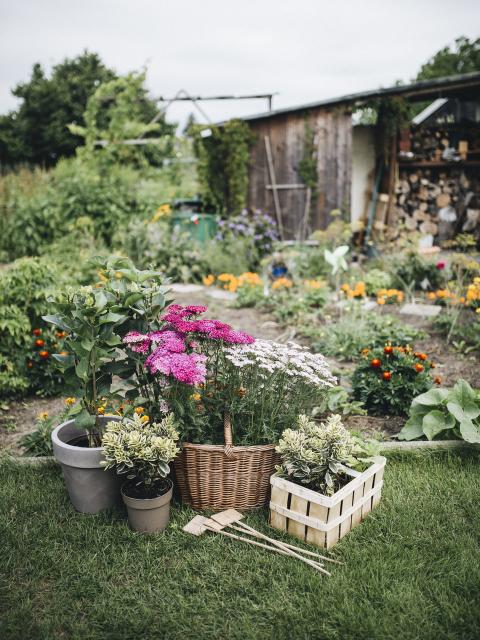Colours and shapes
These beautiful trees keep their green leaves all year round. Tangerine, lemon, lime, orange, kumquat and grapefruit varieties may look slightly different, but they all have a study trunk, topped with a green crown of leaves. They also all produce fabulous blossoms in the springtime.
With their beautiful colours, sweet smells and – if you’re lucky – a modest fruit harvest, a citrus tree is an attractive addition to the patio. They like a warm and sunny position, and need a lot of light to produce fruit. Find them in sizes ranging from 50 to 250 cm.
Symbolism
Perhaps due to the astringent qualities of their fruit, lemon trees stand for cleansing, freshness and healing. Orange trees have been linked to the mythological golden apple trees in the garden of Hesperides that Hercules stole for the Ancient Greek god Zeus. The glowing orange fruits signify kindness, loyalty and generosity. Nowadays, these two trees evoke la dolce vita of glorious Mediterranean summers.
Origin
Citrus trees have been grown by farmers for more than 4000 years, making them one of the oldest cultivated crops. The name Citrus is derived from the Latin word Citron and is related to the Greek word 'kédros' which means 'tree with fragrant wood'. Originating from South-East Asia, the lemon was the first to emigrate to Europe, followed in the 16th century by the orange. All citrus fruit have evolved from four original forms: lemon, pomelo, tangerine and papeda, which is a sort of bitter lemon.
Citrus trees were highly popular orangery plants amongst royalty and the nobility, and the cultivated versions that we now find in garden centres are only a relatively new innovation. The flavour of the fruit on plants grown in northern Europe may not be as delicious as their southern cousins, but the trees are perhaps even more cheerful and decorative if you leave the fruit in place.

















